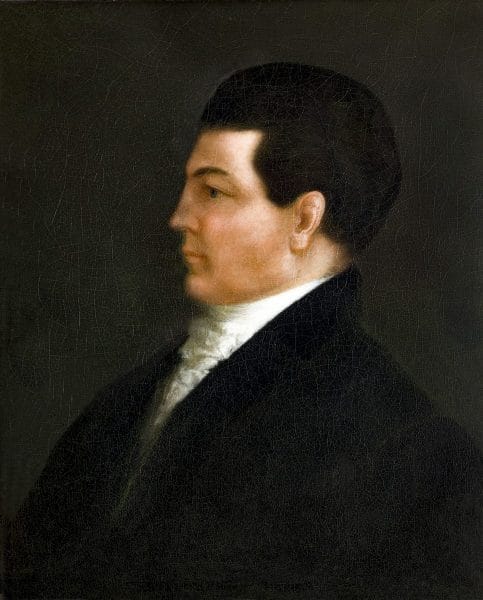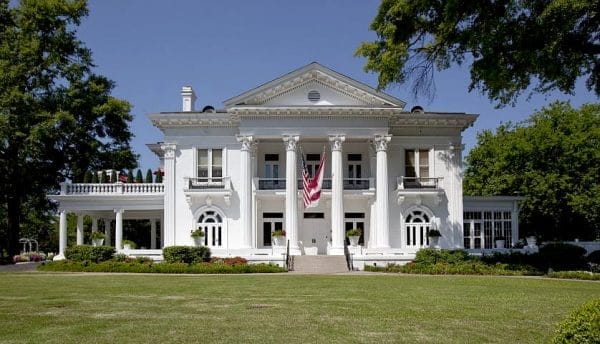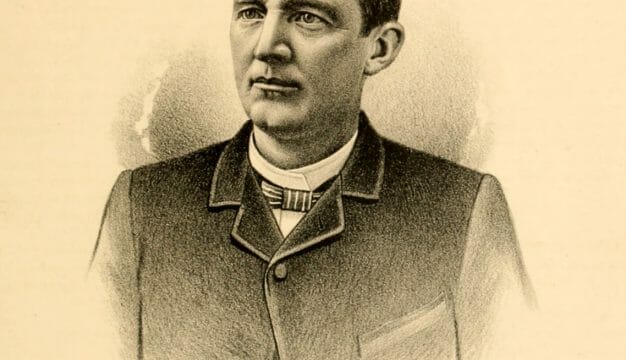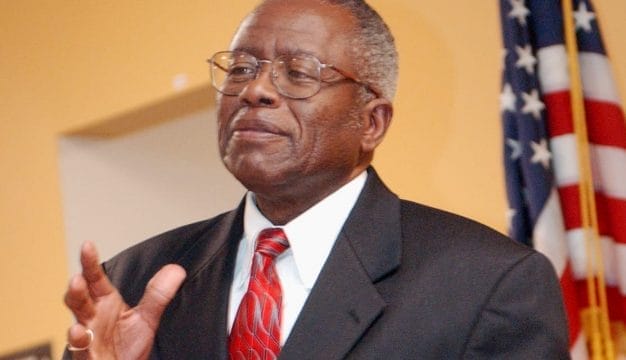Office of the Governor
 Kay Ivey
The governor of Alabama is the head of the executive branch of the state government. The governor can approve or veto bills passed by the Alabama legislature, convene the legislature, call out the state militia as Commander-in-Chief of the state’s military forces, and claim executive clemency powers (that is, the power to return any fines or forfeitures by the state of Alabama and to grant pardons and reprieves for those convicted of a crime), except in cases of impeachment and those handled by the Board of Pardons and Paroles. The governor is elected by popular election every four years and may serve a maximum of two consecutive terms.
Kay Ivey
The governor of Alabama is the head of the executive branch of the state government. The governor can approve or veto bills passed by the Alabama legislature, convene the legislature, call out the state militia as Commander-in-Chief of the state’s military forces, and claim executive clemency powers (that is, the power to return any fines or forfeitures by the state of Alabama and to grant pardons and reprieves for those convicted of a crime), except in cases of impeachment and those handled by the Board of Pardons and Paroles. The governor is elected by popular election every four years and may serve a maximum of two consecutive terms.
According to the state constitution, to be eligible to be elected governor, a candidate must be at least 30 years of age, a resident of the state of Alabama for seven years, and a resident of the United States for 10 years. Alabama’s first constitution, in 1819, created a governorship with a term of only two years. Later constitutions followed this custom until the Constitution of 1901, which doubled the term of office. If the governor is out of the state for more than 20 consecutive days, the lieutenant governor becomes acting governor; if the office becomes vacant, the lieutenant governor takes over the office of governor.
In addition to its role in the executive branch, the office of governor also has a great deal of influence in the legislature, although this has decreased somewhat with the rise of two-party politics in the state. Throughout much of Alabama’s history, the office of the governor and the majority of the legislature were generally held by Democrats and the governor, by custom, named the Speaker of the House of Representatives and the President Pro Tempore of the Senate. This tradition has eroded as the Republican Party has become more competitive, with Guy Hunt in 1987 becoming the first Republican governor of Alabama since Reconstruction.
 William Wyatt Bibb, 1819
The governor still works closely with party leaders in the legislature. The governor may veto all bills and joint resolutions, except proposed constitutional amendments, passed by the legislature. However, the legislature may override the veto with the majority of both houses. For any act, the governor has the power to suggest executive amendments to be reconsidered by both chambers. The governor also prepares and submits for approval the state’s yearly budget and can veto individual expenditures in appropriations bills. The governor appoints numerous state offices, boards, and heads of department, sometimes with Senate approval, and can remove any official he or she appoints so long as that position is not protected by the state merit-hiring system.
William Wyatt Bibb, 1819
The governor still works closely with party leaders in the legislature. The governor may veto all bills and joint resolutions, except proposed constitutional amendments, passed by the legislature. However, the legislature may override the veto with the majority of both houses. For any act, the governor has the power to suggest executive amendments to be reconsidered by both chambers. The governor also prepares and submits for approval the state’s yearly budget and can veto individual expenditures in appropriations bills. The governor appoints numerous state offices, boards, and heads of department, sometimes with Senate approval, and can remove any official he or she appoints so long as that position is not protected by the state merit-hiring system.
The governor of Alabama provides primary leadership for the state government, but the office is constrained by a number of checks on its power. Compared with other states, the executive branch is decentralized; Alabama voters elect heads of 18 offices, such as the Office of the Attorney General, the Office of the Secretary of State, and Office of the State Auditor, each of whom can claim a mandate from the public. And under the Constitution of 1901, no governor could hold office for two consecutive terms; Amendment 282 in 1968 allows for two successive terms, which still limits any governor’s long-term influence.
 Alabama Governor’s Mansion
Officially, 54 governors have served the state, with five others serving as acting governors. The longest-serving governor in Alabama history is George C. Wallace, who served 16 years in three separate terms between 1963 and 1987. He also was in effect governor during the term of the state’s first female governor, his wife Lurleen Wallace, who was elected in 1966 as a surrogate candidate. In 2017, Lt. Gov. Kay Ivey became the state’s second woman governor after Gov. Robert Bentley resigned. In 2018, Ivey was elected to a full term as the state’s first Republican woman governor.
Alabama Governor’s Mansion
Officially, 54 governors have served the state, with five others serving as acting governors. The longest-serving governor in Alabama history is George C. Wallace, who served 16 years in three separate terms between 1963 and 1987. He also was in effect governor during the term of the state’s first female governor, his wife Lurleen Wallace, who was elected in 1966 as a surrogate candidate. In 2017, Lt. Gov. Kay Ivey became the state’s second woman governor after Gov. Robert Bentley resigned. In 2018, Ivey was elected to a full term as the state’s first Republican woman governor.
The governor resides in the 1907 Neoclassical Governor’s Mansion in the Garden District of Montgomery. It was purchased during the administration of James E. “Big Jim” Folsom Sr. in 1950 and is open for tours by the public.
Further Reading
- Martin, David L. Alabama’s State and Local Government. Third edition. Tuscaloosa: University of Alabama Press, 1994.
- Webb, Samuel L., and Margaret E. Armbrester, eds. Alabama Governors: A Political History of the State. Tuscaloosa: University of Alabama Press, 2001.



